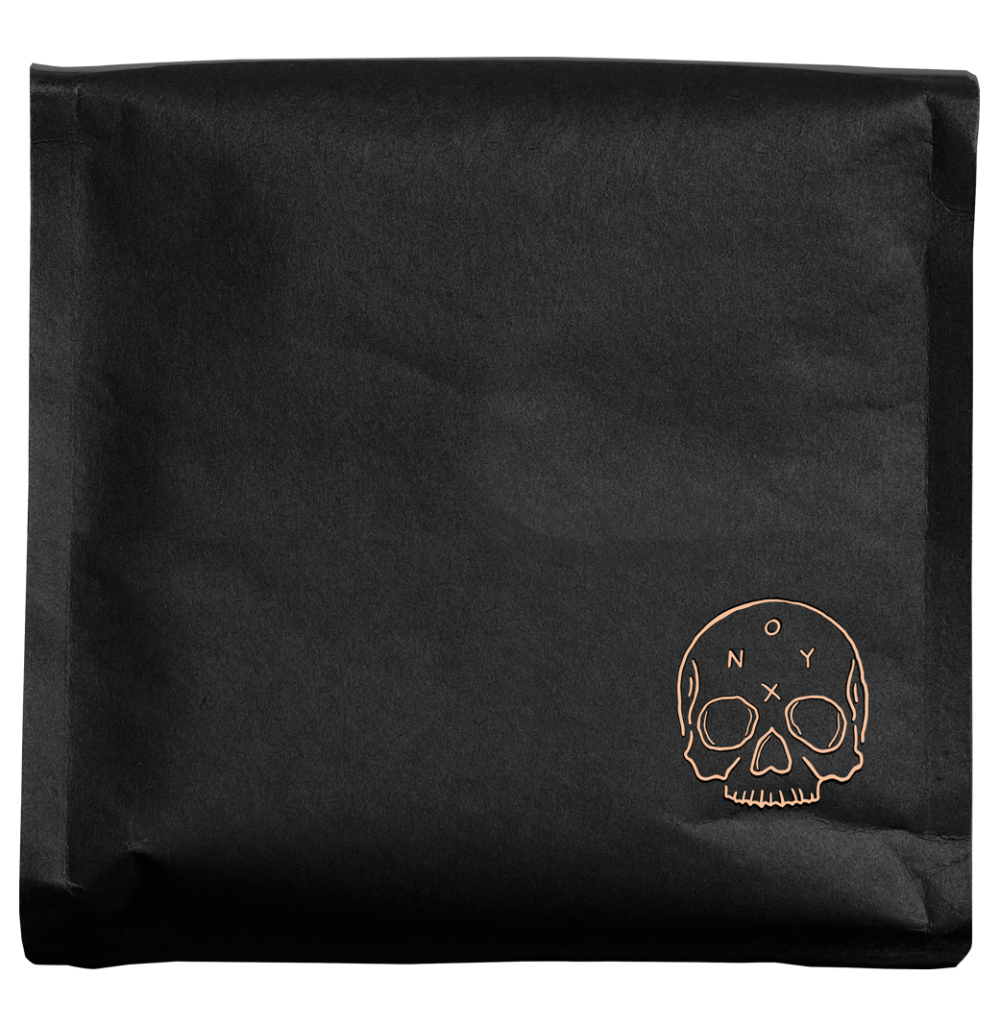Story
FINCA SOLEDAD
Visiting Soldedad with Pepe is one of the most inspiring experiences I’ve personally ever had on a coffee farm. Passion for coffee and for the land is underpinned with each decision he makes. As you approach the farm from the Intag Valley, it’s not clear at first that coffee is even planted as he points to the farm from his truck. The four hectares of coffee he has planted is completely shrouded with a forest of trees that Pepe and his family has planted himself, as they reforest the native trees and plants that were removed over years of harsh farming and mining. Pepe practices a biodynamic approach to farming, utilizing feedback from his systems to determine what each part of the farm needs as he continues to rehabilitate the land. He also has a burgeoning roasting business within Ecuador, where he supplies friends and businesses with roasted coffees from Ecuador and other producing countries like Panama. It’s clear that roasting coffee is a connection point for him as much as production is. Within Soledad, he is cultivating Gesha, Typica Mejorado, and Sidra. The initial endeavor of Soledad was much bigger at the forefront- with nearly 20 hectares planted with castillo. The volatility of pricing coffees not only in specialty coffee but within the commodity market proved a quick challenge to Pepe, as he made the difficult decision to remove this planting and scale down. This is one of the many intriguing things about the way Pepe does business- he is very quick to admit his failure within an area, and quickly will pivot to try something new. This approach has led him to a slower, more methodical approach to all things on the farm. No doubt we will see him pivot next season, where he will simultaneously innovate and continue to care for his family and the land.
Outside of coffee production and roasting, Pepe was the first person from Latin America to solo-climb the seven highest summits on each continent, with a clear tenacity that carries through everything he does, including his friendships.
Wave Natural
Anaerobic natural processed coffees have risen in popularity faster than any variety or trend in coffee production ever has. The process is quite simple: get or make a tank to place coffee cherries (or de-pulped) into, and monitor it for a time, sufficiently drying it afterward. This low barrier of entry, combined with the exceeding popularity amongst roasters and consumers alike, has seen many producers adopt some level of anaerobic fermentation into their processing protocol. There are a few key variables to contend with during this process: time, temperature, and oxygen exposure. These three variables can be recorded and adjusted to suit the desired cup profile. The 'wave' process from Pepe is a slight nod to two things: the first is a new variable that Pepe has interjected into his processing method: agitation. Over the seasons, he has found that as cherry sits in his tanks, a level of separation takes place, and the coffee oxidizes on top much more than the cherry below that sits in the mosto. Pepe places his tank on its side to counteract this separation and rolls it periodically to aerate and agitate the fermentation. The second nod that the name Wave points to is Pepe's ethos on everything, whether scientific or philosophically; everything in Pepe's view is made up or encompasses a wave, pointing to the cyclical yet changing landscapes of being a farmer.





